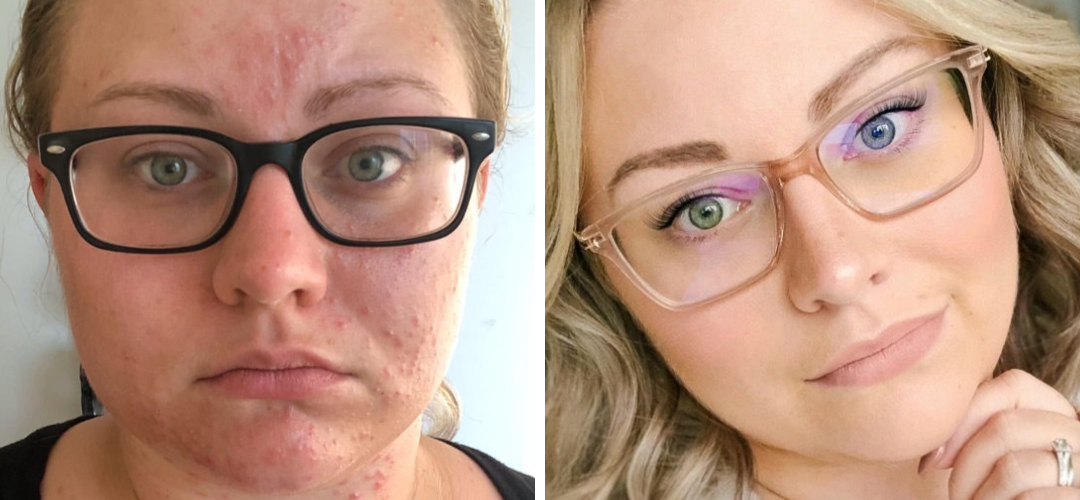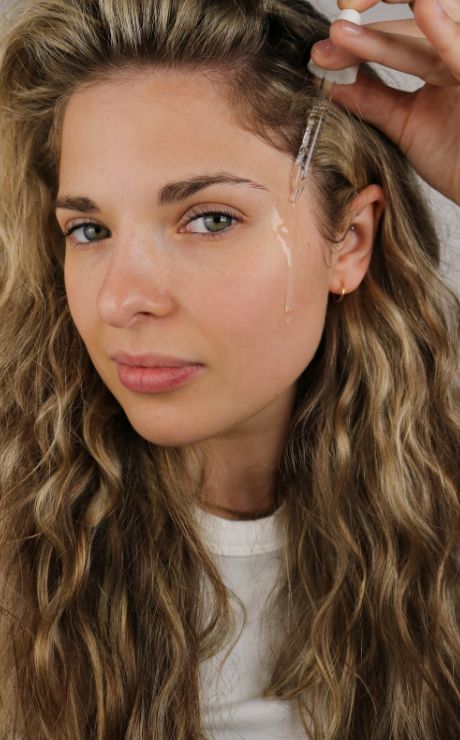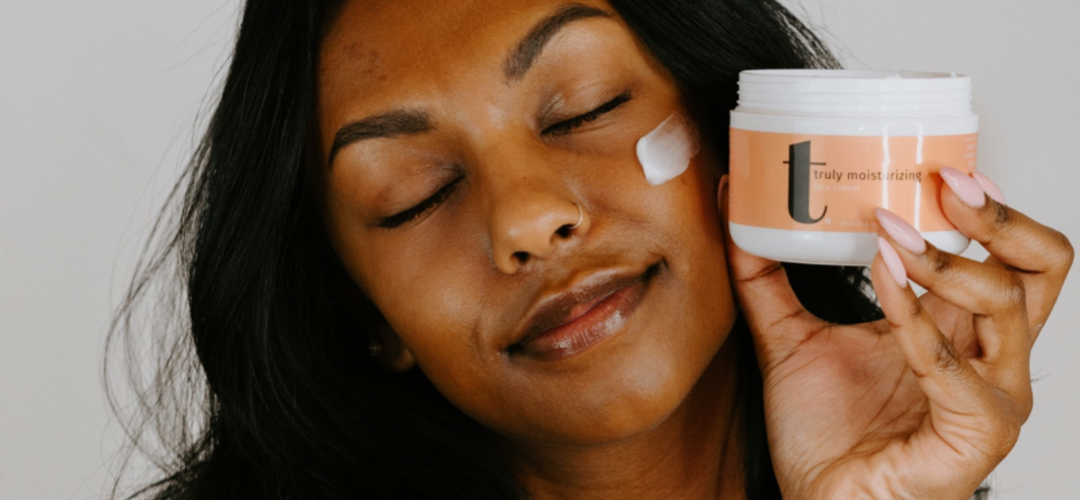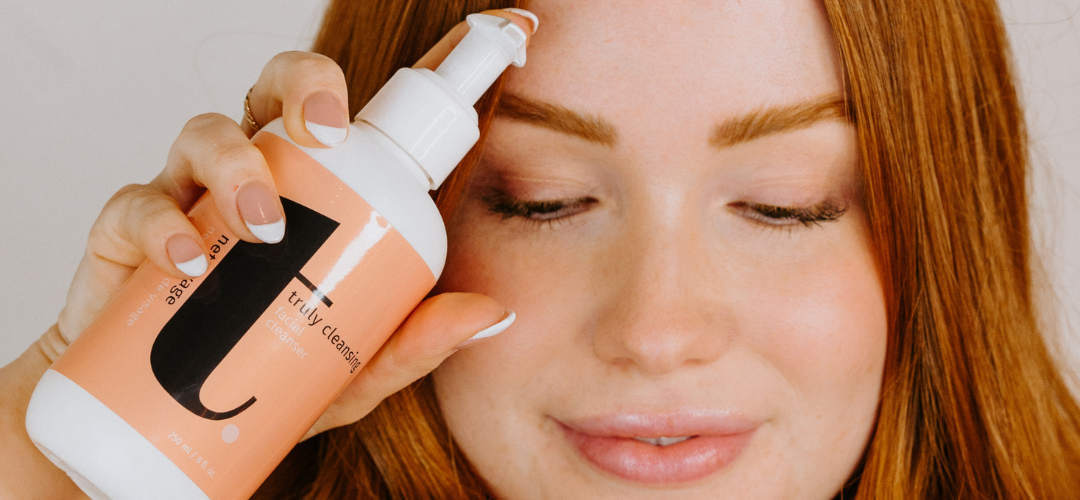
Different acne types and how to treat them
Have you ever been let down by acne products that swear they’ll do what they say they do? We have, all the time – which is why we made our own. The problem with generic acne treatments is they fail to consider that different forms of acne require different ingredients to banish them all together. Did you know that the way you’d treat a whitehead is completely different than how you’d treat a pustule? Had you even heard of a pustule before this post? 😉 It’s time to get to know your acne just well enough to get rid of it. Ready to take the guesswork out of your acne products? Here’s our go-to guide on the different types of acne and how to treat them.
Whiteheads
One of the most common forms of acne, whiteheads appear when excess sebum (surface oils) mix with dead skin cells and create a puss within it, producing the “whitehead” at the tip of the pimple. Try your darndest not to pop these, as pushing around the bacteria can easily result in new acne appearing as it mixes with new oils and skin cells. Instead, products focused on drying the skin out, called “astringents” are the most effective way to dry out whiteheads and speed up healing time.
Your treatment plan: Truly Soothing Witch Hazel and Truly Clear Spot Treatment
Blackheads
Blackheads appear as dark spots on the skin’s surface and are generally caused by a clogged hair follicle, or clogged pores and have zero to do with personal hygiene at all. Unlike whiteheads, the oils and skin cells in blackheads are exposed to air as they sit on the very surface of the skin, causing them to oxidize and turn black in colour. The best way to get rid of a blackhead besides extraction is products focussed on dealing with the root of the acne rather than the final product (the blackhead itself). A steady combination of cleansing and exfoliating is the quickest and safest remedy to unclog pores and release trapped bacteria.
Your treatment plan: Truly Cleansing Facial Cleanser and Truly Exfoliating Facial Scrub
Papules
Papules are swollen red bumps that we might associate with typical acne, though they do not have a white head. Although they develop similarly to other forms of acne in terms of excess oils mixing with bacteria, what happens inside of the papule is what causes this to be considered an inflammatory type of acne in need of a different treatment plan. Pressure builds within, causing the pore to rupture. Your immune system responds with inflammation, giving papules their red and swollen appearance. After a few days, papules can become pustules, but we’ll get to that. 😉 Anti-inflammation products are crucial to both soothe the skin and help with oil control, which reduces redness and speeds up healing time.
Your best product: Truly Youthful Rose Toner
Pustules
A pustule is a papule that has filled with pus after your immune system kicks in, giving them that classic acne look. Pustules are not whiteheads; pustules are an inflammatory acne whereas whiteheads are not, making them appear much redder and more inflamed that a whitehead will. Because of this, opt for products that contain Salicylic Acid, which will help decrease swelling and inflammation, while also speeding up healing time.
Your treatment plan: Truly Cleansing Facial Cleanser
Interested in seeing an even more extensive list of acne types and how to treat them? Let’s hear it! We’d love to expand our list and we want to hear from you! Email us at info@trulylifestylebrand.com



Leave a comment
This site is protected by hCaptcha and the hCaptcha Privacy Policy and Terms of Service apply.